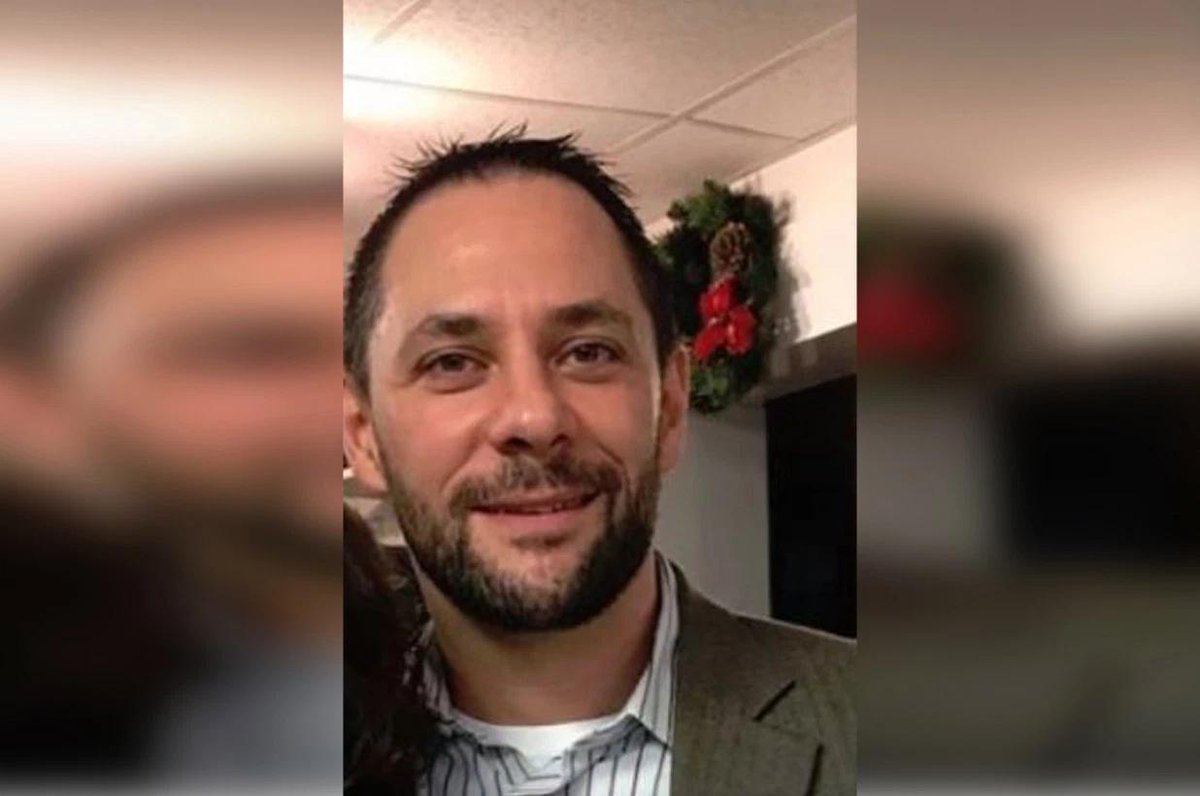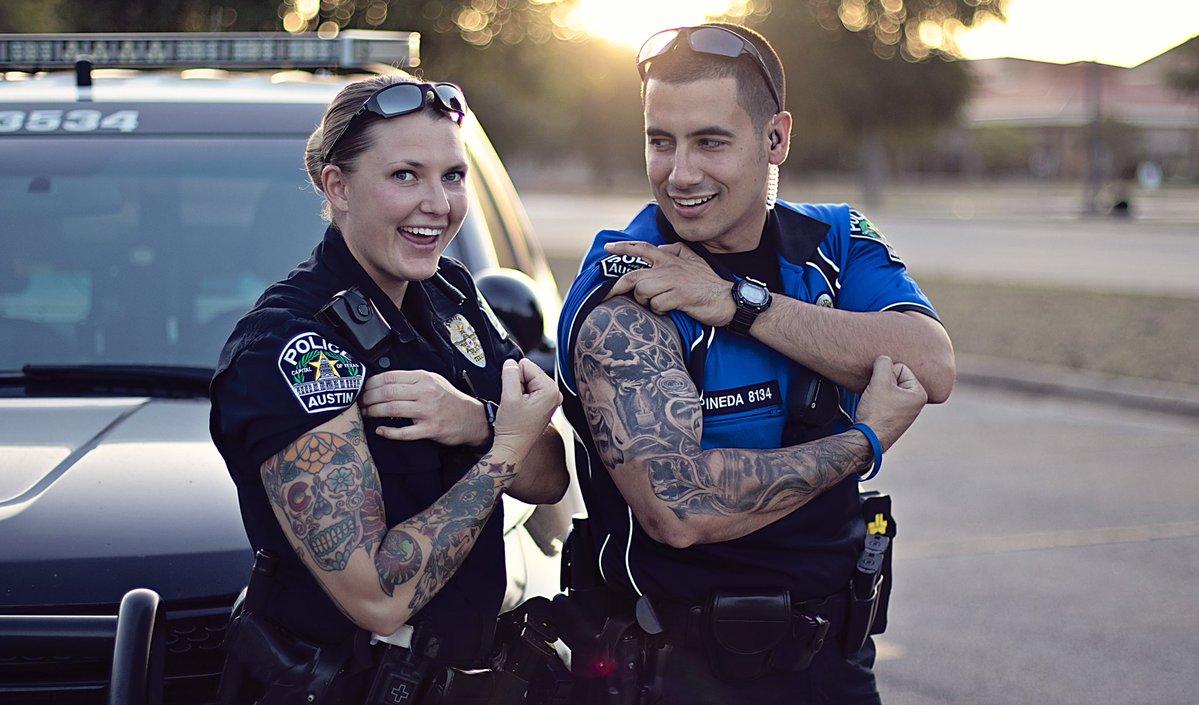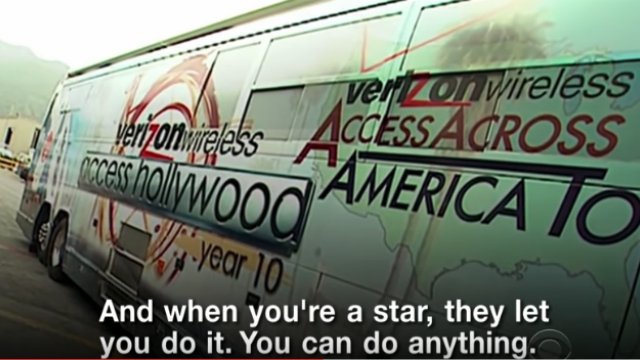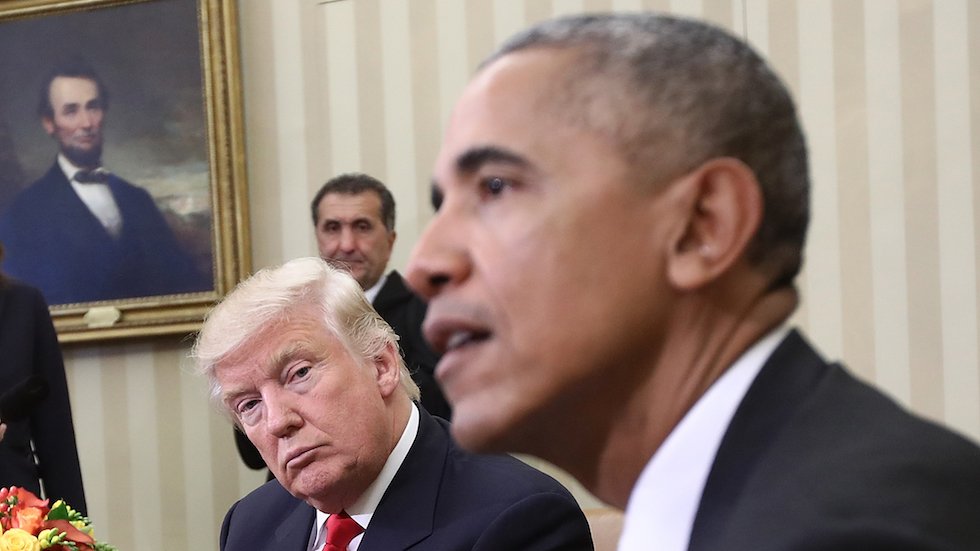A prison staff attorney testifies that Ramzi Bin al-Shibh, Ammar al Baluchi and Mustafa al Hawsawi signed waivers. Army Maj. Anonymous, in battle dress, says Mr. Hawsawi may want to come later.
He says 1:30-1:45 today he will discuss "some privileged matters" with the KSM team, based on his defense team filing. The court will be closed to everyone but KSM and his lawyers.
9-11commission.gov/report/911Repo…
At the Defense Department, they call their secret email system the SIPRNet. (Short for Secret Internet Protocol Router Network.)
At the FBI they call it "The Red Side."
This is the first use of the censorship switch this session.
(Unless the earlier descriptions of his job are redacted from the hearing transcript.)
In this instance it wasn't so Connell asks Drucker if there was a way for FBI and CIA to communicate, sounds like at the CTC. There was.
Drucker said he learned -- doesn't remember when or from whom -- that the "FBI would have access to these detainees."
"It was deemed that I was not" appropriate to be on the so-called clean-team. So FBI agent James M. Fitzgerald took his place with Agent Abigail Perkins.
Aside: These were the men he thought he was uniquely suited to question, based on his expertise.
He also testified earlier that he's never read James Mitchell's "Enhanced Interrogations," about waterboarding, etc., in the black sites.
Prosecutor Ryan says he needs an hour to cross-examine him in open court.
Judge Cohen recesses for lunch, expects to resume around 1:45 pm.
Drucker: Yes. As far as what led us to Mr. Ali (Baluchi)... Sun Trust transfers had POB 16598, where Mr. Ali worked. An informant led them to an exchange and they triangulated receipts, transfers and P.O.Boxes
--That was the first three months, he says.
Ryan: Were you considered, sir, to be the foremost expert on the financing of the 9/11 plot?
Drucker: Yes.
He recalled Baluchi mentioning that the @McDonalds apple pie or burger agents gave him for lunch was "delicious."
He says he saw no tension, heard no raised voices, saw no indication these were involuntary interviews.
(Aside: We learned yesterday that the identities of those people are protected by a national security privilege.)
Drucker: I can't think of an instance, no.
EIT= Enhanced Interrogation Techniques, waterboarding, walling, sleep deprivation, violence and the like. As in what the CIA did to the 9/11 defendants in the 2002-2006 black sites.
KSM attorney Gary Sowards has a few questions.
Prosecutor Ryan objects to Mr. Sowards 'entering the game at this time.'
Sowards: I have questions related to something Prosecutor Ryan asked. Judge: Go ahead.
Drucker: Yes.
Sowards: Why did you do that?
Drucker: To advise them of their rights under U.S. law.
Drucker: In case somebody wanted to step out and ask me a question. But it didn't happen.
Sowards: How did you listen?
Drucker: Either through headphones or a speaker, not sure which one.
Drucker: Not in detail, no. Just rumors, not anything specific. Just that some of them were subjected, not all of them, to certain EITs.
Drucker: Not specifically, no.
He heard CIA was ‘going a different way. We were not to be involved in it, but we could submit questions.’
Drucker: No real details as far as what was happening.
He said he learned about the existence of the EITs when he was detailed to the CIA in February 2004, but was told that stuff had stopped and interrogations turned to debriefings.
Judge Cohen overrules.
Drucker: First time I heard that.
Sowards: If you knew about that, would you have a different view on whether the agents in 2007 questioning KSM were interrogating, interviewing or debriefing?
He added that it depends on the circumstances. Every person’s different.
Sowards wondered why he though the EITs stopped.
The answer was unclear.











